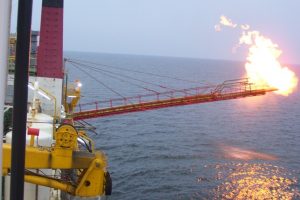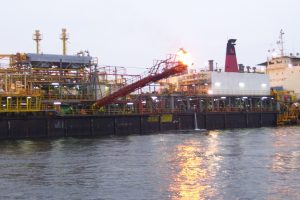In fact, in the world of flare based systems; there are several different types such as the flare air assisted system, the flare gas assisted system, and the flare steam assisted system. For the needs of the ideal flare tip system, it usually needs to be located at least up to fifty meters from the ground. Or if it is needed, it can be placed up to 200 meters from the ground in order to create more space and great clearance from the surrounding. This can be easily practiced for building the offshore flare.
Offshore Flare Overview
Usually, most of these offshore flare methods are designed for the needs of gas exploration and production so the location must have wider space from the surrounding environment. For this typical offshore production, there is a term called utility flare. It is then generally known by people around the world as the most basic and common flare systems. Practically, it does not require any smokeless burning. The best thing about these utility flares is that it does not need any steam or air to improve smokeless capacity so people will simply be able to save some of the operational costs.
Then, for the most complicated type of the offshore flare is about the flame ring, flare pit, and water injected flare. Basically, some constructions might need the additional flare ring in order to make sure that the flare tip can provide a stable and reliable ignition. Once it is stable, it will allow the BTU applications to prevent any potential suppression of the flame. In other words, the whole work will become a lot much easier and simpler than before. This way, there will be so many ways that can be done to create the greatest production along with the safest gas exploration.







